Purposeful Creativity in the Creative Visionary Process
Visionary Dispatches - 002
By Shareece Williams — The OG of The Creative Visionary
As a creative visionary, I’ve come to understand that creativity isn’t just something we do, but it’s a way we think, feel, and respond to the world. Creativity, when grounded in purpose, becomes a powerful force for transformation. It becomes a way to reimagine culture, inspire social change, challenge systems, and heal both self and community. This essay explores the essence of purposeful creativity within the Creative Visionary process, specifically focusing on: (1) intentional thoughts in art, (2) messages showing up in missions, and (3) maximizing inspiration through intentional brainstorming, mind mapping, and research.
I. Intentional Thoughts in Art: Creating With Meaning
Every brushstroke, lyric, movement, or visual element carries weight when it stems from intention. The Creative Visionary doesn’t create just to make things; they also create to say something, to archive something, to shift something. Intentional thoughts in art are the backbone of purposeful creativity.
I’ve seen this in my own work, from The Black Series to Echoes of Survival. These aren’t just collections; they’re philosophical reflections turned visual, emotional landscapes born from my lived experiences. In every collage, every photo, there’s a thought. Not just a passing one, but a rooted one: What am I trying to say? What memory or message am I offering? Who am I talking to?
Art without intention becomes decoration. But art with intention becomes declaration.
Creative Visionaries pause before they create. They ask themselves:
What do I want the viewer to feel?
What truth am I trying to express or unpack?
Is this for the culture, for my healing, for the world, or for all three?
Intentionality is a form of creative power. When we move with intention, our art becomes a carrier of consciousness: it transmits emotion, politics, soul, and symbolism.
Consider Nina Simone, whose music was infused with rebellion and vulnerability. Her songs didn’t just sound good, but they meant something. Or Kara Walker, whose silhouettes carry the full weight of historical trauma. These artists didn’t stumble upon meaning; they chased it. They curated it. That is what makes them visionaries.
As a curator, coach, and cultural builder, I encourage artists to slow down and develop that same relationship with intention. Because in that space, they stop performing and start communicating. And that’s when transformation begins.
II. Messages Showing Up in Missions: Creating Beyond the Canvas
A true Creative Visionary doesn’t leave their message inside the artwork. They build it into movements, platforms, and institutions.
Purposeful creativity means letting your mission echo through every layer of your process, from your art to your organization, from your personal values to your public statements. The mission must be more than a sentence; it must be a practice.
I founded The Creative Visionary Empire because I believe creativity must have direction. I built The Canvas & The Cause, not just to share art, but to advocate for creative freedom and social consciousness. I created The Williams Institution of Creative Visionaries because I knew we needed an educational space for artists who want to impact society, not just entertain it.
All of this came from the message inside me: creativity must be in service to something bigger than ego. It must be in service to truth, culture, healing, and progress.
When your message becomes your mission, you start to build a legacy and not just a career.
For example, my digital collage series War On Billionaires doesn’t exist in a vacuum, yet it exists within a larger mission of economic and cultural awakening. Likewise, my project Voices For Us isn’t just a platform for survivors, it’s a call for systemic awareness and communal storytelling.
Purposeful creativity is a form of activism. It asks:
What is my responsibility as an artist in this cultural moment?
What am I adding to the ecosystem of thought and feeling?
Am I upholding systems or dismantling them?
The Creative Visionary is not afraid of the weight of their message. In fact, they know that without the weight, there is no substance.
III. Maximizing Inspiration: Intentional Brainstorming, Mind Mapping, and Research



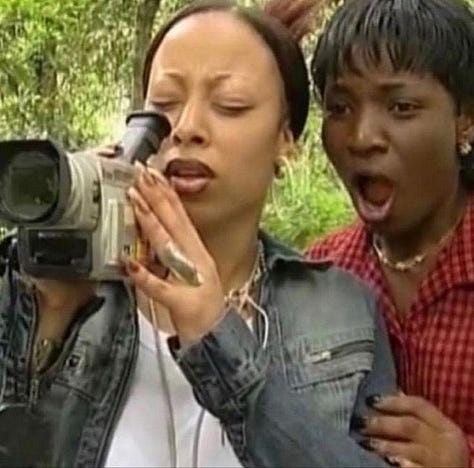

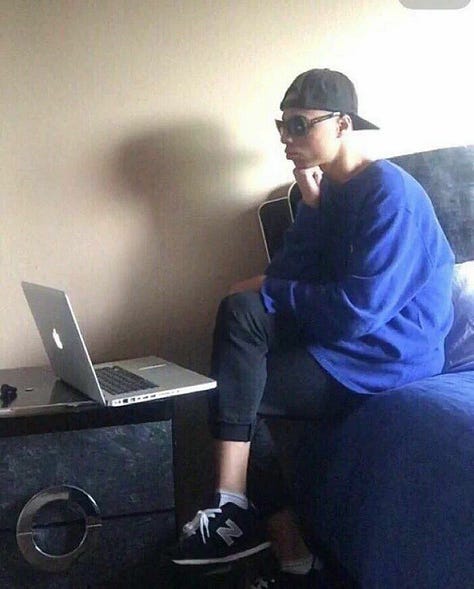

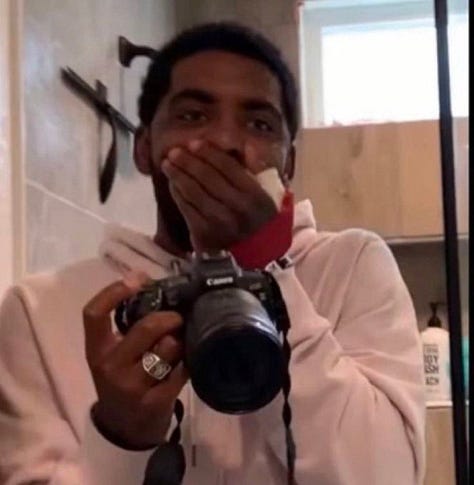

While creativity is often associated with spontaneity, the truth is: purpose grows from structure. One of the most powerful things a Creative Visionary can do is organize their inspiration with intention.
Before launching a project or building a collection, I mind map. I research. I dig. I look at cultural references, journal entries, visual themes, song lyrics, and historical contexts. I let inspiration come in through every door, but I choose which ones to keep open.
1. Brainstorming with Purpose
“I love putting on instrumentals or vibes that match my energy.”
Intentional brainstorming means focusing your energy. It’s not about listing every idea that comes to mind, but it’s about identifying which ideas are aligned with your philosophy, message, and mission.
During brainstorming, I ask myself:
What problem am I solving with this work?
What emotion do I want to explore?
What social or cultural theme am I contributing to?
I use prompts, quotes, even poetry to guide my brainstorming. I sit with themes like displacement, identity, nostalgia, and freedom. I let them unravel until they find form.
Brainstorming becomes a spiritual practice. It’s not passive; it’s purposeful.
2. Mind Mapping: Building Conceptual Architecture

Once ideas are in motion, mind mapping gives them shape. It’s how I go from raw energy to clear execution.
I map:
Central message
Related themes
Visual elements
Sound or sensory cues
Emotional tones
Audiences
Cultural references
Distribution or sharing platforms
Mind mapping helps me visualize the ecosystem of a project. It ensures that what I’m building isn’t scattered, but it’s interconnected. Every choice becomes intentional. Every part of the project becomes a reflection of the whole.
Mind maps are creative blueprints. They help visionaries see what they are building before they build it.
3. Research: Deepening Meaning and Expanding Context
Research is what gives purposeful creativity its depth. I don’t just create based on feeling, I create based on knowledge.
Before creating The Severance Collection, I immersed myself in the world of the show Severance: its philosophies, psychological framing, symbolism, and production design. I wasn’t just inspired by the aesthetics—I was in dialogue with the story. I studied what it meant to detach identity from labor and how that mirrors our real lives.
When I created No Love Was Lost, I researched the intersections of memory, grief, and personal survival. I listened to songs, read articles, revisited old journal entries, and spoke with others about their emotional flashbacks. All of that became part of the work.
Purposeful creativity is never shallow. It honors the past, reflects the present, and imagines the future.
Research also helps us avoid repeating tropes or contributing to harmful narratives. It helps us move from “what looks good” to “what says something.”
Purpose is the North Star
If there’s one thing I know, it’s this: purpose is the North Star of the Creative Visionary.
Without purpose, we wander in style without substance. We post content without connection. We become artists who entertain but never empower.
But when we root in purpose:
Our creativity becomes contagious.
Our platforms become spaces of healing.
Our ideas become blueprints for change.
This is the process I return to again and again:
Start with an intention.
Identify the message and let it evolve into a mission.
Map out the inspiration with care—through brainstorming, mind maps, and research.
Create with depth, clarity, and conviction.
Share not just a product, but a philosophy.
Purposeful creativity is how Creative Visionaries build empires, start movements, educate communities, and leave something behind that matters.
Introducing the Vision Blueprint Worksheet
Find Your North Star. Create With Purpose. Lead With Vision.
Are you a Creative Visionary ready to align your art with your mission? The Vision Blueprint Worksheet is your go-to tool for clarity, direction, and grounded creative purpose.
This isn't just another worksheet, it’s your compass. Designed to help you tap into your why, map out your message, and define your creative legacy, the Vision Blueprint guides you through intentional questions that root your creativity in purpose.
Whether you're launching a project, building your brand, or seeking alignment in your artistic path, this worksheet will help you:
Define your Creative North Star
Clarify your mission, message, and medium
Build a foundation for work that transforms, not just entertains
Connect your personal story to your public impact
Created as part of The Creative Visionary process, this worksheet is perfect for artists, visionaries, entrepreneurs, and culture builders who are ready to create with soul, strategy, and social intention.
You’re not just making, you're meaning something. Let this be your start.
Download the Vision Blueprint Worksheet now:
payhip.com/b/eGWBr
Being a Creative Visionary isn’t a title, but it’s a way of thinking, a way of making, and a way of living. It’s knowing that every act of creativity can serve a purpose greater than yourself.
So, I challenge you: Before you create your next piece, ask why. Before you post, reflect on what you’re transmitting. Before you start, imagine how it ends, and not just in format, but in feeling.
Because when your creativity is fueled by purpose, your art becomes a light, and that light, when aimed with intention, becomes a force that changes everything it touches.
And that is the work of a visionary.
The Creative Visionary Archetypes Worksheet
Are you ready to dig deeper into who you are as a creative? To not only create, but to create with purpose?





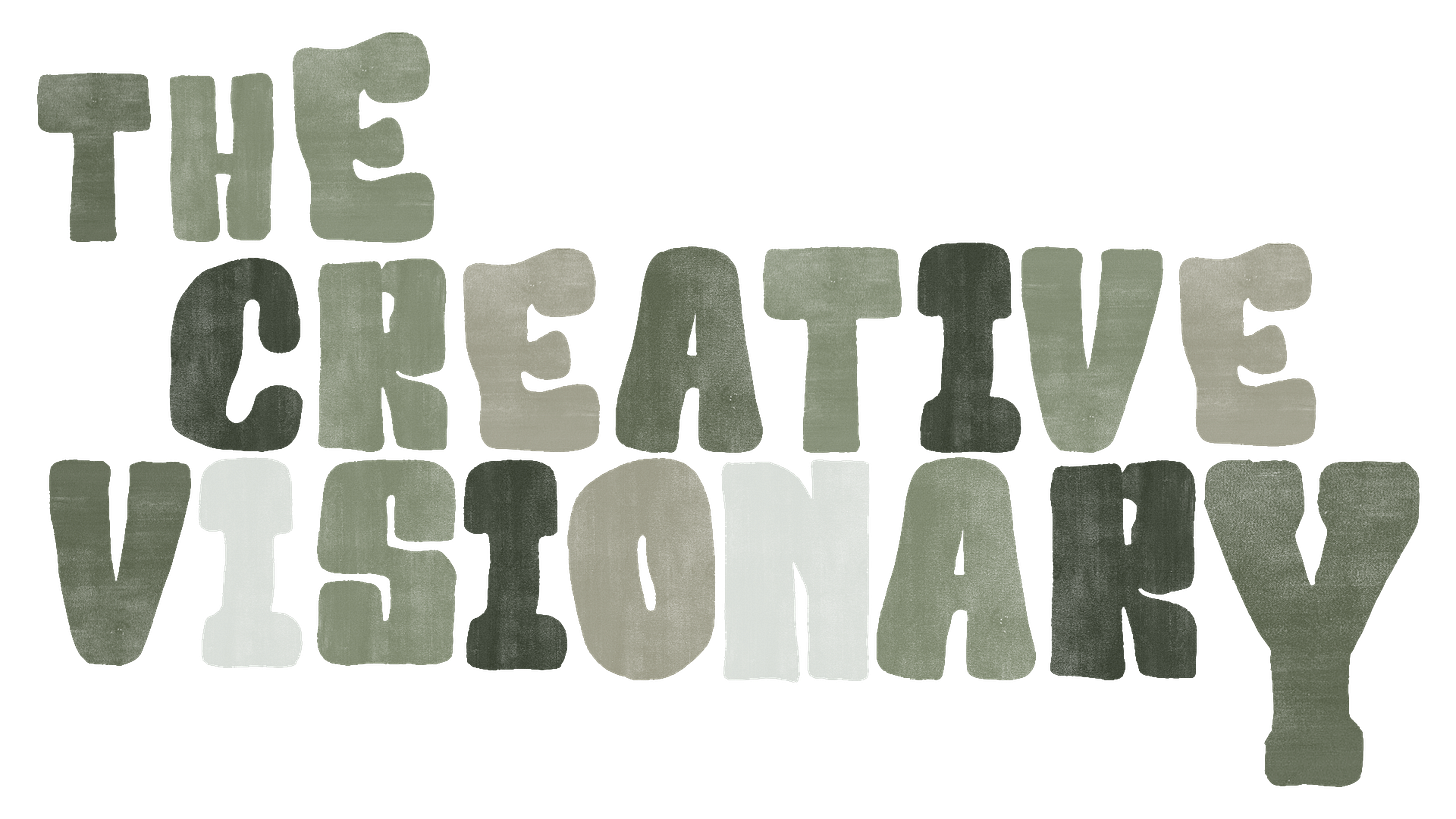

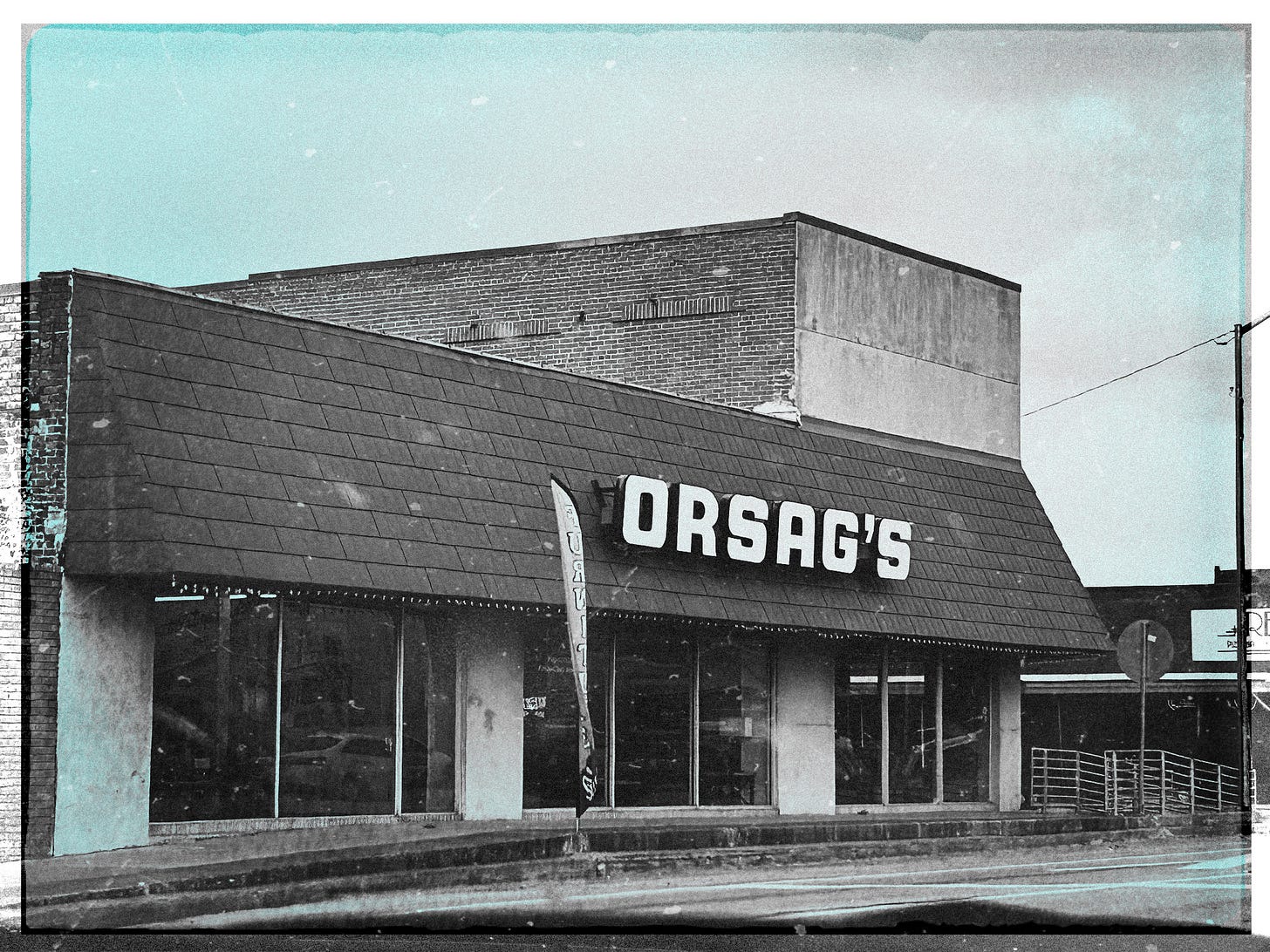
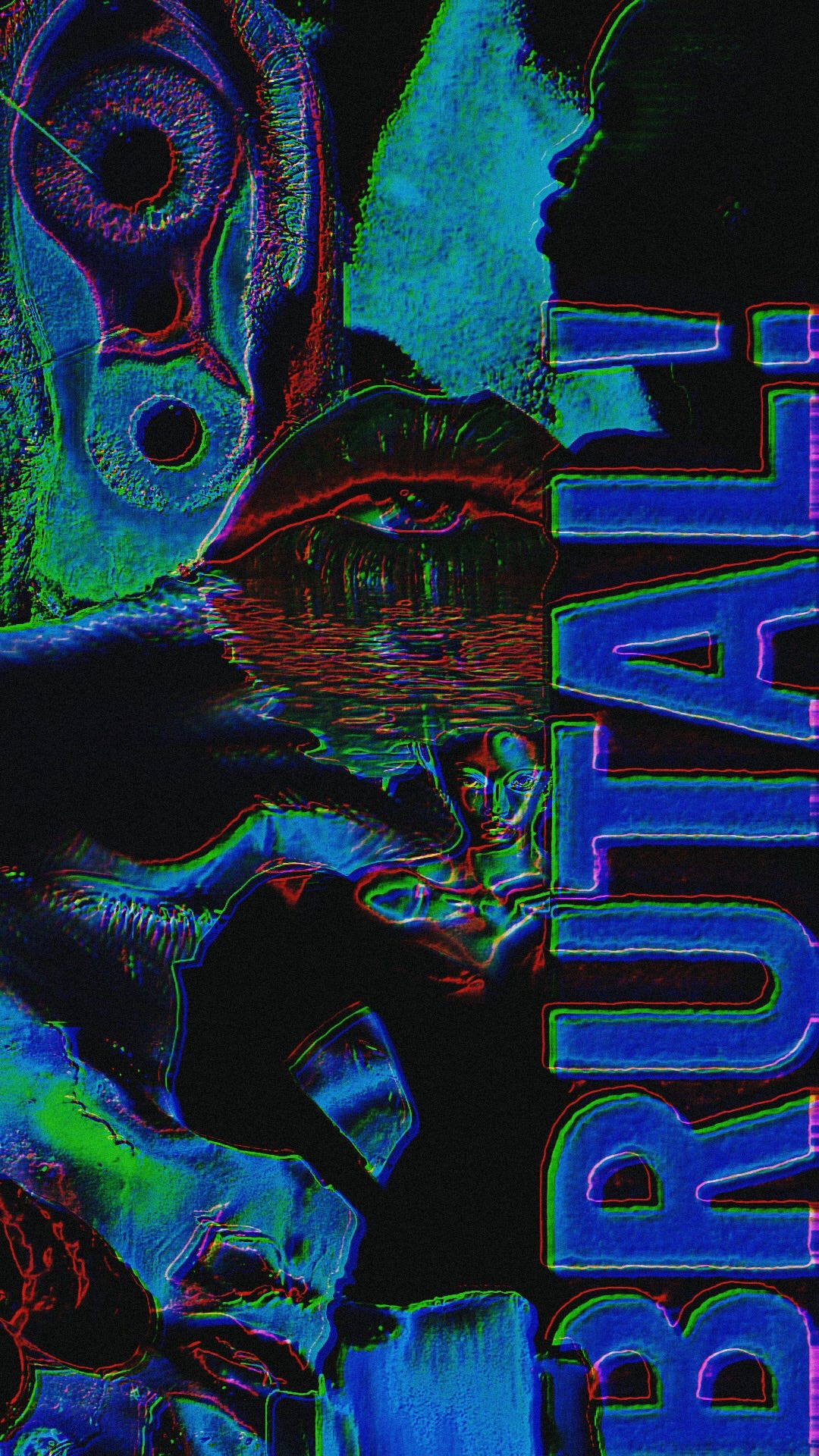
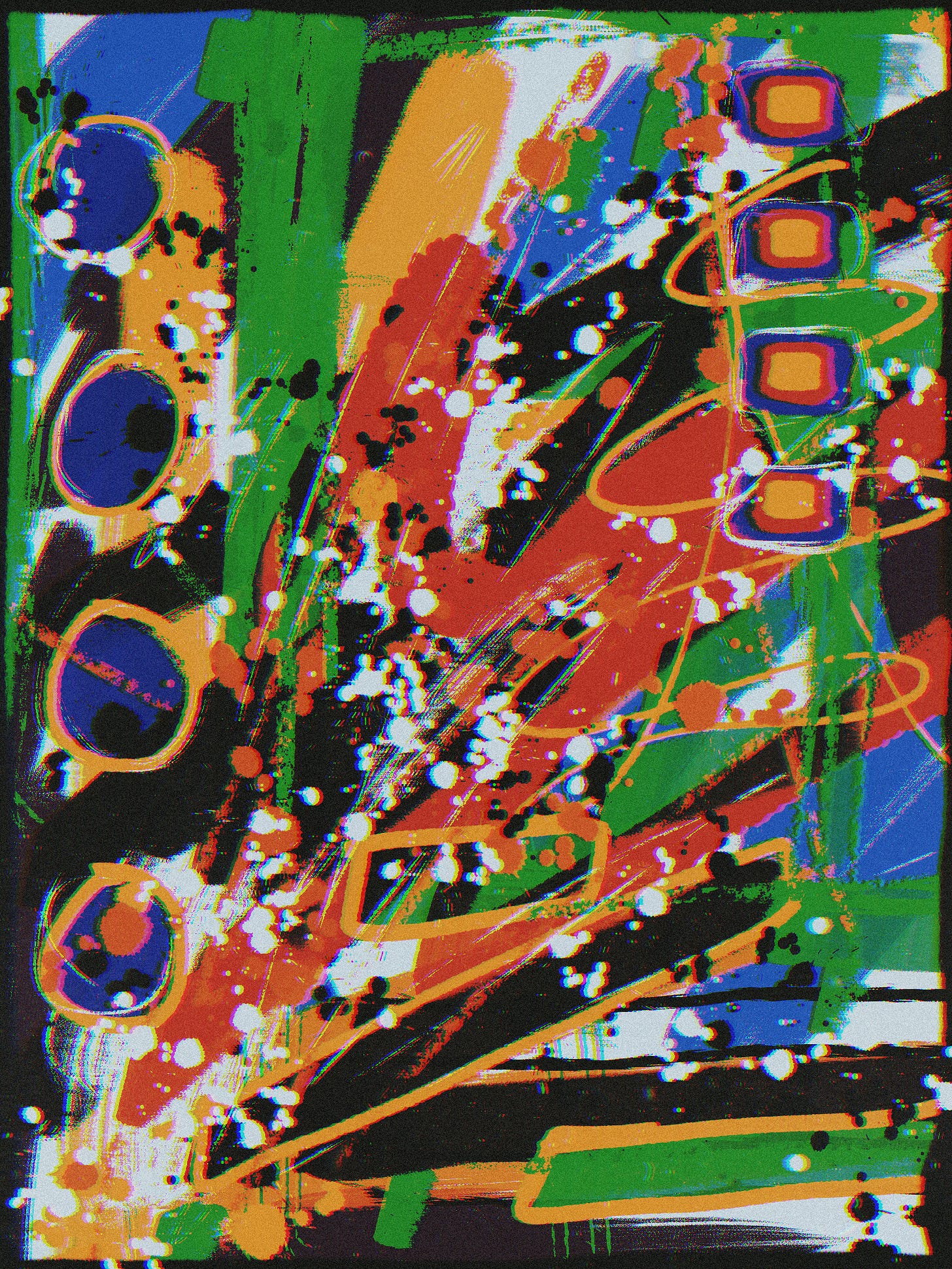

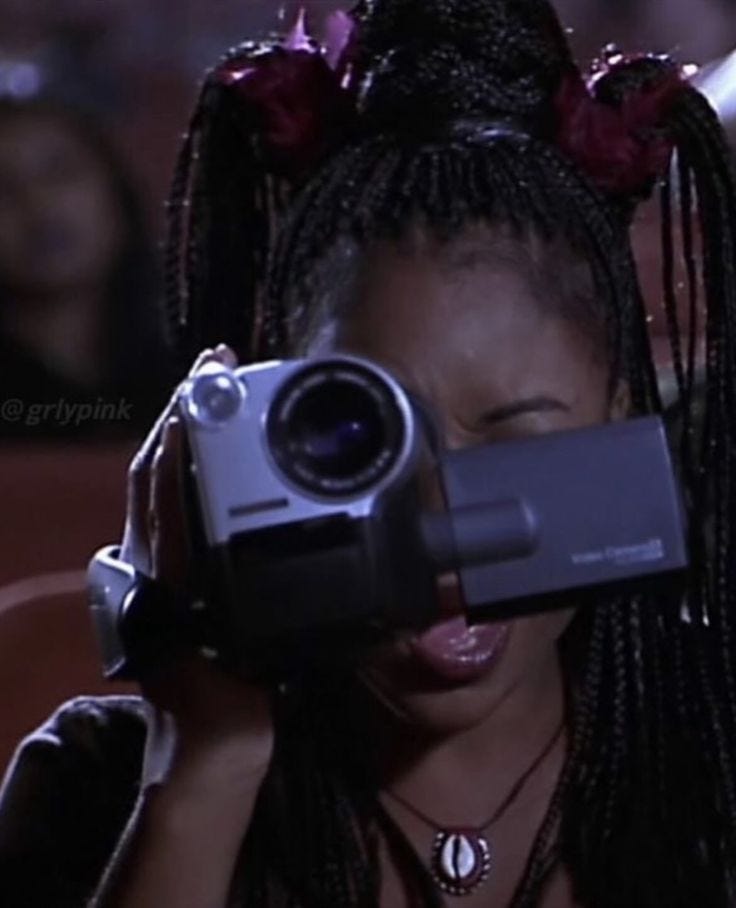
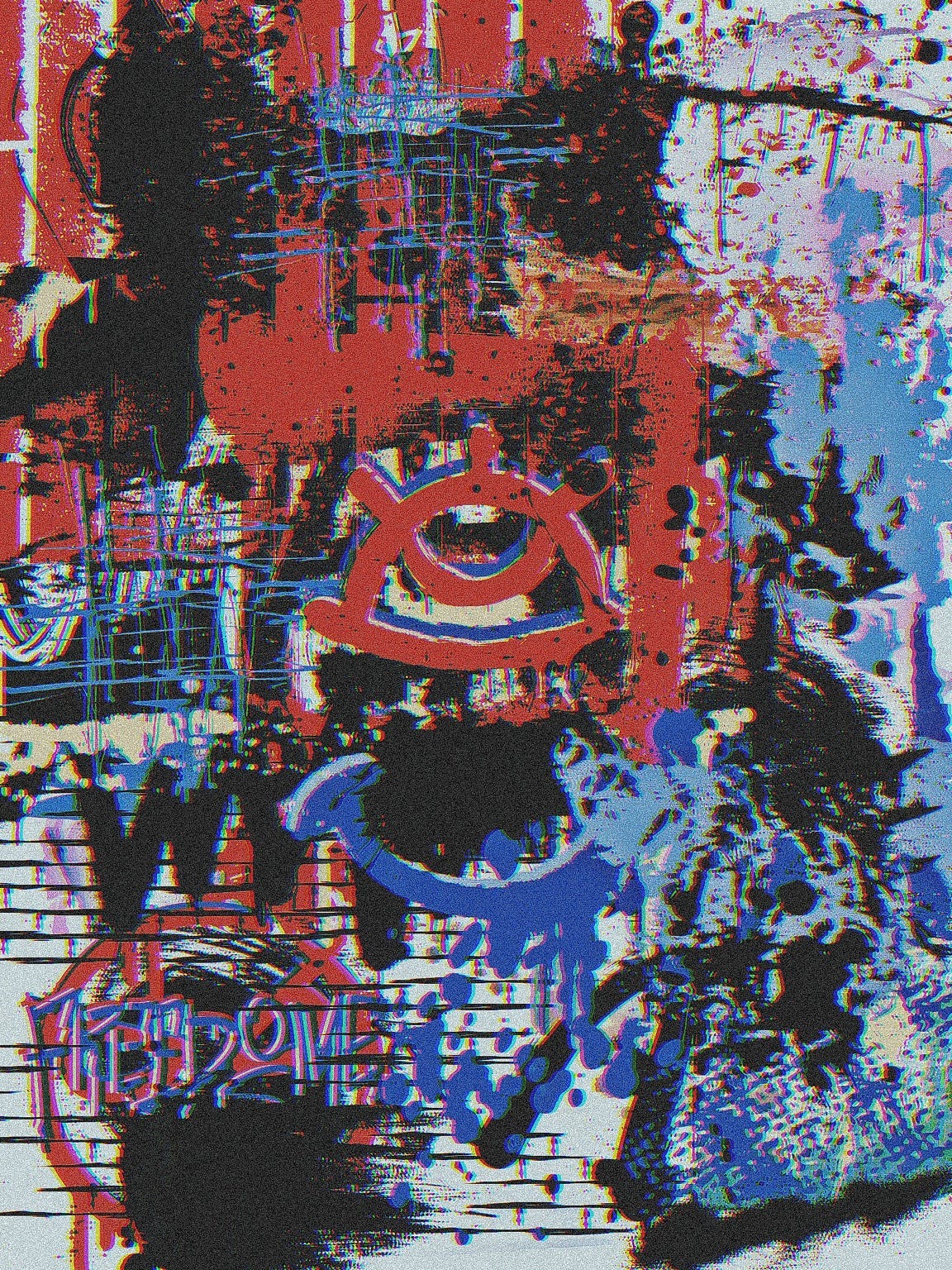


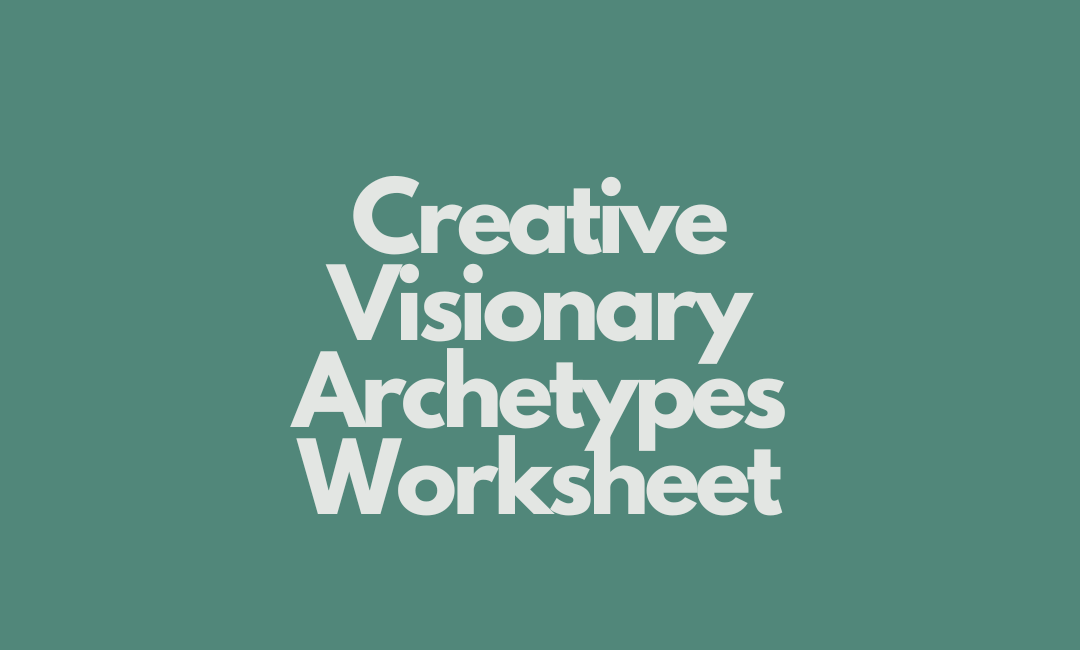
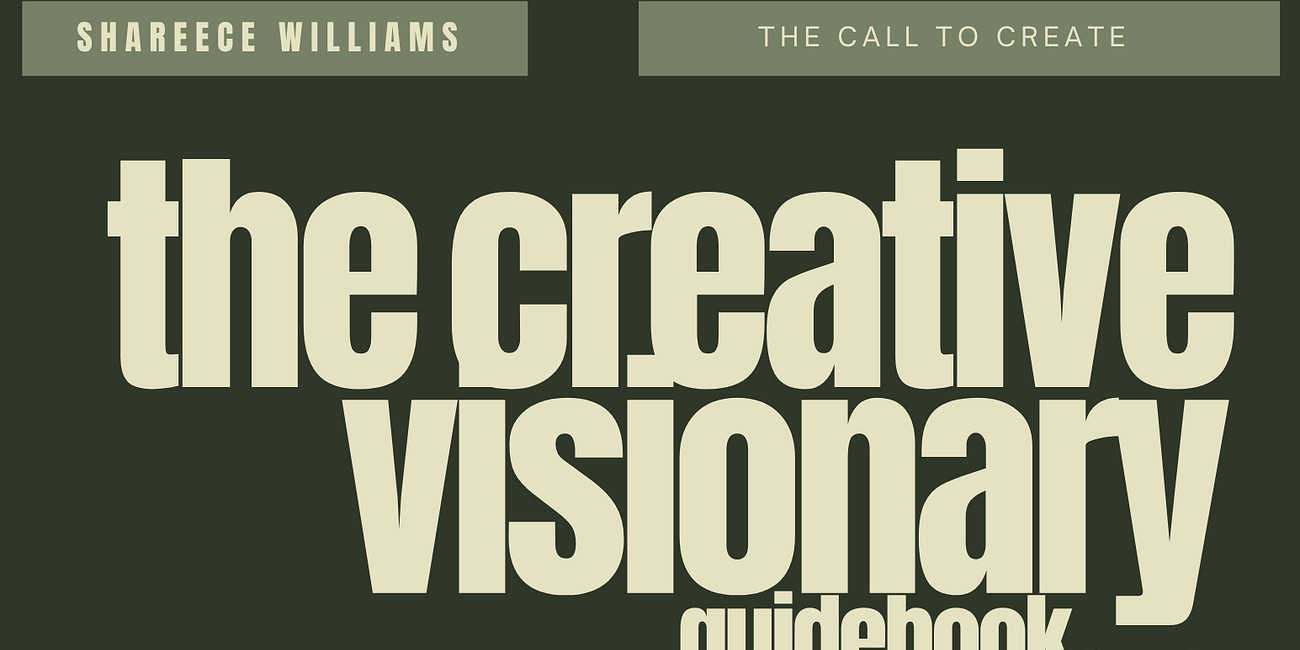

This speaks deeply to the kind of art that knows its own weight. I keep circling one question, though: what about the work made in grief, in confusion, in rage without clarity? Isn’t that still visionary, even if the vision isn’t yet shaped into mission? Sometimes the message emerges after the mess.
This is a deep and amazing read! Creativity has so many purposes, and I love the steps you share on creating art with a message.